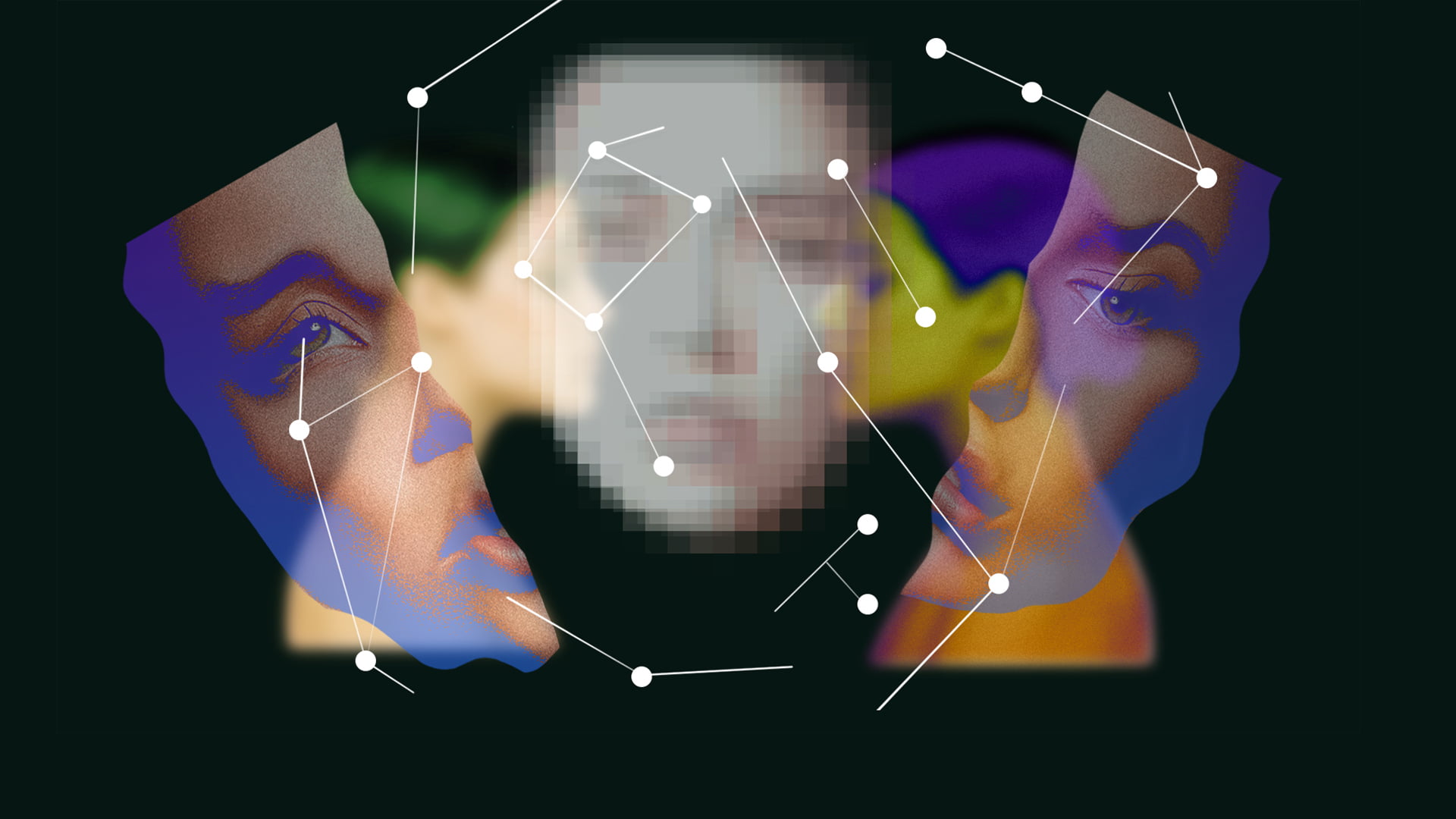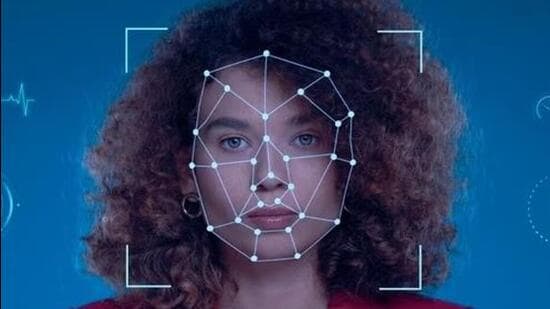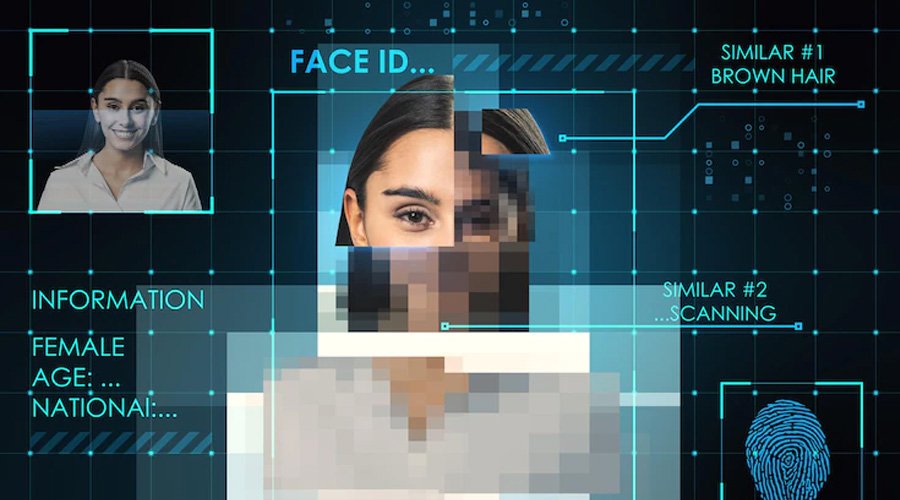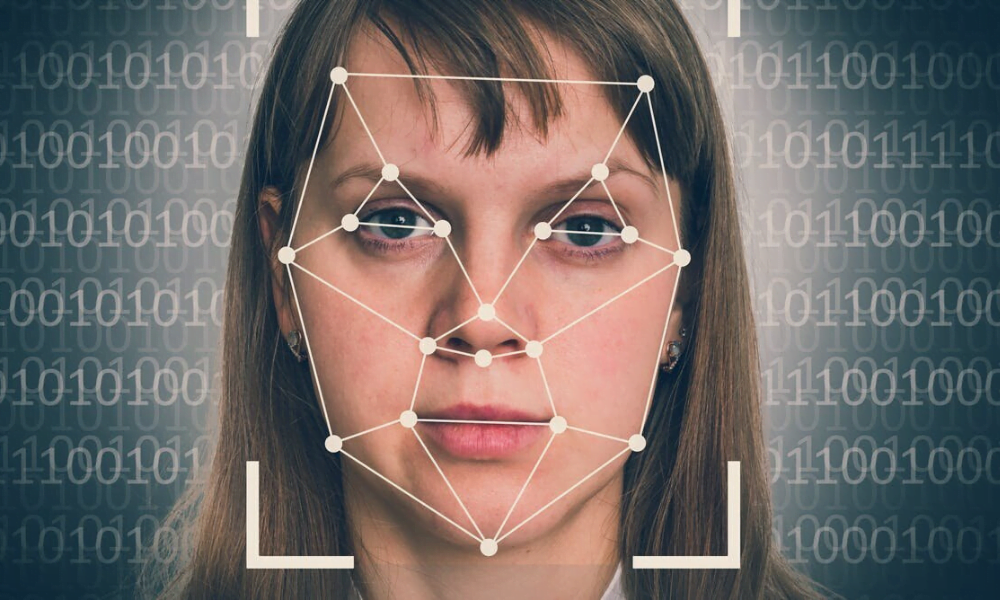Recently the realistic deepfakes of women celebrities such as Rashmika Mandanna, Katrina Kaif, and Kajol have been making rounds over the internet. Celebrities, as well as the public have expressed anguish over the issue. A thread that runs common through these cases is not only the breach of their privacy and data but also the sexual and voyeuristic nature of the fake videos. While the synthetic media and deepfakes assisted by AI tools have been increasingly deployed in elections campaigns and politics, a 2019 report by Sensity AI, tells us that 96% of the total deepfake videos online form non-consensual deepfake pornography. Such deepfake pornography is highly gendered as it exclusively targets women. On the contrary, the non-pornographic deepfakes on YouTube, as pointed out by the report, contain 61% male subjects.
The case of DeepNude is another instance of deepfakes being a gendered phenomenon. It is a software that enables its users to create naked pictures of actual clothed women and only works on images of female bodies as an input. Thus, there seems to be something about women’s bodies that makes them easy and lucrative targets for deepfake pornographic content.
With the growing accessibility of deepfake creation tools through open-source channels and torrent websites, generating non-consensual videos has become easier for technical amateurs. Given these developments, the danger of non-consensual deepfakes targeting women now looms large.
Bodies and their experiences in a social world
Our everyday interactions with the world and the meanings we derive from these are deeply negotiated with our bodies. We all are embodied beings who make sense of ourselves and the world through our bodies and it is also our bodies that are at the forefront of incessant scrutiny by the prevailing social order. This is not to reinforce the idea of biological essentialism or a complete denial of agency but to bring into the picture the varying lived experiences we have through our sexed-bodies.
We all are embodied beings who make sense of ourselves and the world through our bodies and it is also our bodies that are at the forefront of incessant scrutiny by the prevailing social order.
Often these bodily experiences are mediated by the prevailing gender norms. The codes of femininity and masculinity are inscribed all over our bodily existence, right from how we move, sit, take space, and clothe our body parts, to the gaze our bodies are routinely subjected to. To give an example, during antique wars, the men from the rival groups were often castrated to ‘effeminate’ them. A prevalent idea of femininity, i.e., lack of a penis, was thus marked on their very body.
The female body and the privileged heterosexual male ownership/gaze that fuels deepfakes
In a patriarchal society, a female body is a site of contestations and claims. Meenakshi Thapan, a renowned professor of sociology, views, ‘female body as a text of femininity which is culturally coded, socially constructed and inscribed as well as agentially negotiated.’ Particularly, their sexual and reproductive abilities have always been a cause of paranoia for the patriarchal order.
Therefore, a strong desire to control these bodily abilities, and by extension the body itself, becomes the very core of the order. Any kind of active assertion of a woman over her body which challenges this desire is labeled as “deviant”. The spectacle of her body is expected to serve the heterosexual male desire which is privileged by patriarchy. In popular representations, like cinema, the female body has been regularly subjected to a heterosexual male gaze which strips women of their personhood and reduces them to passive objects of desire. This privileged heterosexual male gaze forms the heart of the issue of non-consensual pornographic deepfakes exclusively aimed at women.
The power inequality is evident when women’s bodies are misappropriated and misrepresented against their will to satiate the voyeuristic gaze
The power inequality is evident when women’s bodies are misappropriated and misrepresented against their will to satiate the voyeuristic gaze. The use of generative AI to create apps like DeepNude suggests the lingering and controlling impulse of a patriarchal society that takes away from women the right over their bodily representation. A Motherboard report on Deepnude by Samantha Cole says that ‘the DeepNude also dispenses with the idea that this technology can be used for anything other than claiming ownership over women’s bodies.’
When it comes to the sexual-voyeuristic deepfakes targeted at women, the attack must not be understood merely as a violation of data or privacy, but also as a violation of their bodily integrity. The male gaze inherent in such technology wants to see women’s bodies against their will, albeit in a virtual manner. The core of owning a woman’s body to serve heterosexual male appetite, however, remains the same.
Virtual violation like deepfakes inflict harm on real bodies/virtual bodies vs physical bodies
Not only do deepfakes strip a woman of her bodily representation, but the harms perpetuated also reflect on her real, physical body in multiple ways. The awareness of her face and body being compromised and watched against her will, especially in a world where everyone around her has an online presence can potentially alter her everyday lived experiences. The harms become gendered since a female body is more vulnerable to humiliation and public shaming. ‘I would walk down the street and imagine that everyone knew, that they could see right through me, that I was on display.’, Helen Mort shares her experiences after learning about her deepfakes on a porn site. She further adds, ‘It was also difficult to explain how photographs that weren’t “real” could have had such an impact on me. But what is a “real” image?’
These experiences beg the question if the sharp distinction between our virtual bodies and physical bodies any longer holds. If it does not, then much like the physical bodies of women, their virtual bodies also become more vulnerable to violation as compared to men. The exclusive targeting of women for deepfake pornography tells us the same. The effects such violation of women’s virtual bodies have on their lived experiences is similar, if not the same, to the effects sexual violation inflicted on their physical bodies. The underlying logic behind these violations and the consequential physical and psychological trauma on women makes deepfakes an ‘image-based sexual abuse’.
As such, the generative AI such as deepfakes needs to be assessed in the context of the larger patriarchal order in which it is embedded. A gendered and embodied approach to understanding the phenomenon of deepfakes right from their production, circulation, and consumption to their real-life consequences therefore needs to be advanced.
About the author(s)
Bhumika Pant holds a Master's in Political Science from the Delhi University. Having lived at grassroots as an SBI YFI fellow, she is interested in the lived experiences of people and their intersection with gender, technology and politics.









Very insightful and thought provoking article
Excellent write up on deepfake, the mostly misused (especially in case of women) offshoot of technological advancement in AI.
An entire article about how nude images of women are bad ( be it any tech).
This is just overthinking with lot of fancy words.
Like was there somebody who didn’t know this ? That it’s bad and non consensual
Hi Devika, thank you for replying. I think the article aims to talk about more than this. The deepfakes have a deeply gendered basis of misuse and they target women because of how their bodies are seen in a patriarchal world which privileges the heterosexual male desire. Moreover, the idea of virtual harm affecting the real physical bodies is a developing one. Also, it is not only bad and non-consensual but violation of bodily autonomy. I hope this would make clear the objective of writing. Thank you.
Hi Devika, thank you for your comment. The idea is not to overthink with some fancy words but to dwell into the gendered logic of the AI working. There might be some need to understand why and how women end up being the exclusive targets of the deepfake pornography. It is not bad because it is just non-consensual but it also violates women’s bodily integrity. Moreover, the idea of virtual harm affecting actual bodies and it’s relevance in understanding technological developments can be found in works of Nicola Henry and Anastasia Powell as well as Dr. Anja Kovacs. I hope this would make the objective behind this article clear.